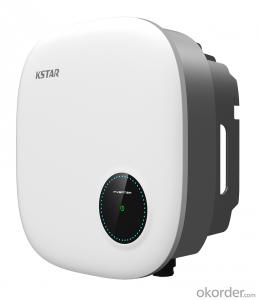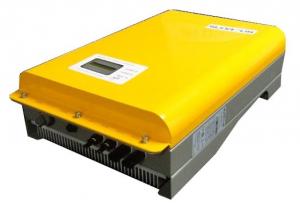Ta Solar Inverter
Ta Solar Inverter Related Searches
Tata Solar Inverter Ti Solar Inverter T Solar Inverter T.A. Solar Inverter Solar To Inverter Ja Solar Inverter Ti Solar Micro Inverter Taiwan Solar Inverter Solar Solar Inverter Go Solar Inverter Tesla Solar Inverter Ge Solar Inverter Tesla Inverter Solar Inverter Solar Toshiba Solar Inverter Solar Inverter Taiwan Ac Inverter Solar Sun Solar Inverter Tesla Solar Power Inverter Tata Solar Inverter Price Solar Power To Inverter Solar Converter Inverter Solar Electric Inverter Power Inverter Solar Power Solar Inverter Solar Tech Inverter Solar Energy Inverter Titan Solar Inverter Smart Inverter Solar Tesla Solar Panel InverterTa Solar Inverter Supplier & Manufacturer from China
Ta Solar Inverter is a range of high-quality inverters designed to convert solar energy into usable electrical power. These inverters are essential components in solar power systems, ensuring efficient energy conversion and reliable performance. They are available in various models and capacities to cater to different solar power generation needs.The Ta Solar Inverter is widely used in residential, commercial, and industrial applications. It is particularly beneficial in areas with limited access to traditional power sources or where renewable energy solutions are preferred. These inverters are also suitable for off-grid systems, providing a reliable power supply to homes and businesses in remote locations. They play a crucial role in harnessing the power of the sun and reducing dependence on non-renewable energy sources.
Okorder.com is a leading wholesale supplier of Ta Solar Inverter products, offering a vast inventory to cater to the diverse needs of customers worldwide. With a commitment to quality and customer satisfaction, Okorder.com ensures that each inverter is thoroughly tested and meets the highest industry standards. By partnering with Okorder.com, customers can access a wide range of Ta Solar Inverter products at competitive prices, making it an ideal choice for those looking to invest in reliable and efficient solar power solutions.
Hot Products


















































